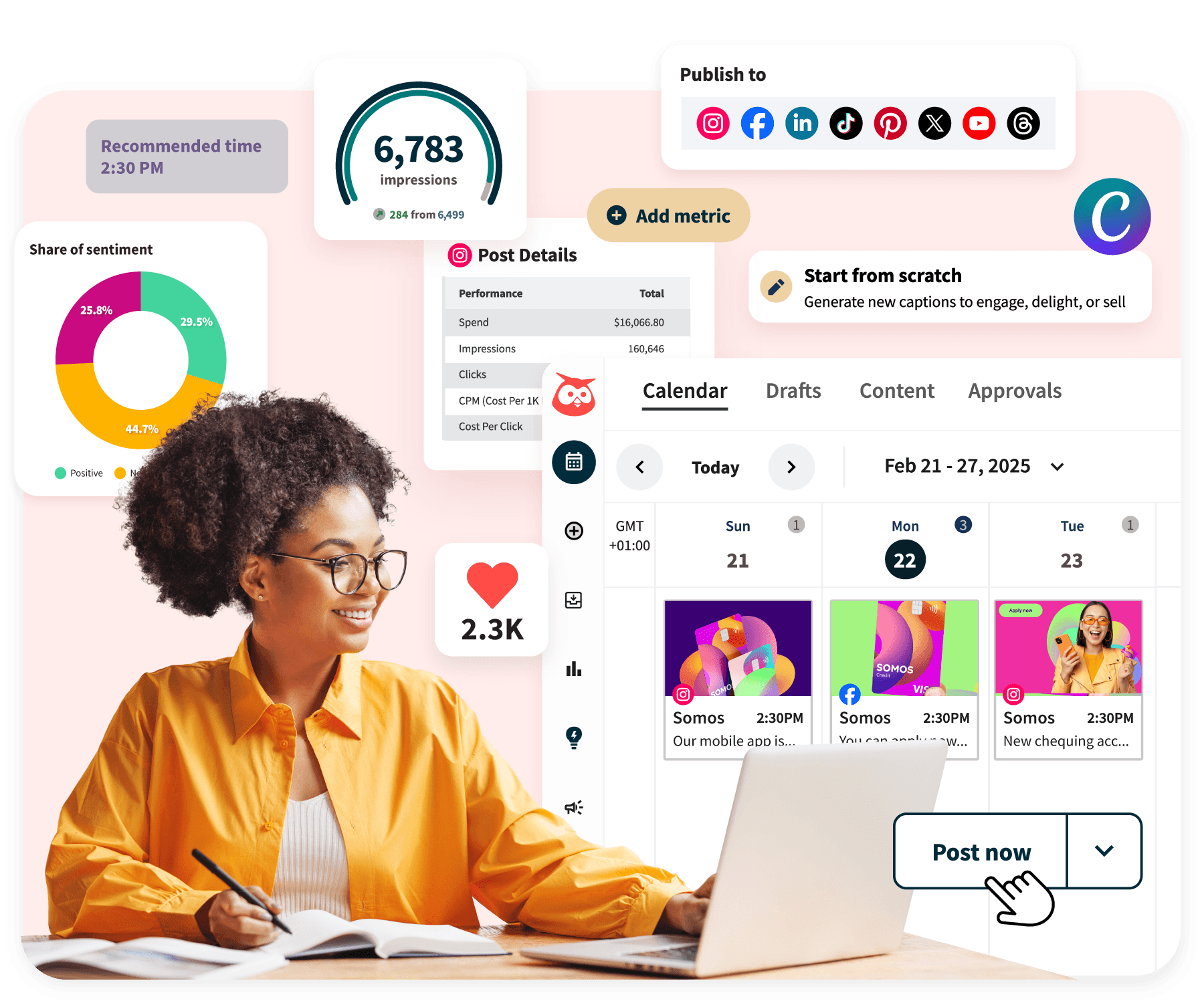Creating Crisis Communication Plans: Best Practices for Brands on Social Media During Emergencies
Meta Description: Equip your brand with actionable strategies for effective crisis communication on social media during emergencies. Learn best practices to protect your reputation and maintain customer trust.
In our hyper-connected world, crises can unfold at a moment's notice, especially on social media. To navigate these turbulent waters, brands must be prepared with a robust crisis communication plan. This blog post aims to raise awareness of the urgency behind crisis communication, guide brands through best practices, and support them in maintaining their reputation during emergencies.
About the Author
Meet Valentina Novak, a seasoned SEO Specialist with over 5 years of experience in crisis management communications. Having advised more than 20 brands on their crisis response strategies, she understands the nuances of digital communication and its impact on brand reputation.
Why Crisis Communication Matters
The Importance of Preparedness
Crisis situations can arise unexpectedly, ranging from natural disasters to negative publicity or health emergencies. Without a well-defined crisis communication plan, brands risk losing customer trust and facing reputational damage. Being prepared not only safeguards a company’s image but establishes a culture of accountability and responsiveness.
The Role of Social Media in Crisis Management
Social media is a double-edged sword during crises. While it offers immediate communication and audience engagement, it can also amplify misinformation and escalate panic. Brands must strike a delicate balance between maintaining transparency and delivering accurate information swiftly.
Real-World Case Studies
Johnson & Johnson's Tylenol Poisoning Incident (1982)
One of the most cited examples of effective crisis communication is the Tylenol poisoning incident. Johnson & Johnson took immediate action by recalling products from shelves and prioritizing consumer safety. They communicated transparently, updating the public regularly, and introduced enhanced tamper-proof packaging. This proactive approach not only salvaged their reputation but set a benchmark in crisis management.
The Starbucks Race Together Campaign (2015)
Conversely, the Starbucks "Race Together" initiative offers a lesson in the importance of listening to consumer feedback. Initially met with backlash, Starbucks pivoted swiftly by engaging with community discussions on social media, thereby effectively addressing the criticisms and rebuilding their relationship with customers. This case underscores the necessity of adaptability and responsiveness in crisis communication.
Key Statistics and Data
Crisis Response Speed: Brands that react within the first hour of a crisis see 50% less reputational damage compared to those that delay responses, according to research from Crisis Communication Research.
Consumer Expectations: A survey indicated that over 60% of consumers expect brands to communicate quickly and transparently during a crisis, as reported by public relations firms.
Components of a Crisis Communication Plan
1. Preparation and Planning
Creating a crisis communication plan involves several critical elements:
- Risk Assessment: Identify potential scenarios that could trigger a crisis.
- Crisis Team: Establish a dedicated crisis management team to oversee communication efforts.
- Key Messaging: Develop clear and concise messages that resonate with stakeholders.
- Stakeholder Mapping: Identify and categorize audiences who will be affected.
2. Post-Crisis Analysis
After a crisis subsides, it is vital to debrief and review actions taken to evaluate effectiveness. This analysis can lead to actionable insights for refining future strategies, guided by frameworks established by the Public Relations Society of America (PRSA).
Best Practices for Social Media During Crises
Utilize Different Platforms
Leverage various social media platforms effectively:
- Twitter: Ideal for rapid updates and real-time communication.
- Instagram: Utilizes visuals for community engagement.
- Facebook: Offers a platform for longer messages and detailed stories.
Authenticity and Transparency
Data shows that 80% of consumers value transparency in crisis communication. Brands that communicate openly foster trust and credibility, which can lead to long-term loyalty.
Engage Actively with Your Audience
Use social media to create a dialogue with your audience during crises. For example, the #BostonStrong hashtag became a rallying point for community support after the Boston Marathon bombing, showcasing how effective engagement can unite and strengthen community bonds.
Crisis Simulation Exercises
Conducting crisis simulations is a critical practice for organizations like Starbucks and Southwest Airlines, where teams regularly participate in drills to prepare for potential crises. These exercises refine strategies, improve team response times, and ensure that every team member knows their role.
Training Resources for Effective Crisis Communication
Consider exploring reputable sources for crisis communication training:
- International Crisis Communication Organizations (ICCO)
- FEMA’s Crisis Communication 101 Course

These resources provide valuable insights and frameworks designed to enhance organizational readiness during a crisis.
Utilizing Social Media Monitoring Tools
Employ tools such as Hootsuite  , Mention, and Brandwatch to effectively monitor social media sentiments and conversations during crises. These tools enable brands to gauge public opinion and respond more appropriately in real-time.
, Mention, and Brandwatch to effectively monitor social media sentiments and conversations during crises. These tools enable brands to gauge public opinion and respond more appropriately in real-time.
Crafting Key Messages and Tone of Voice
When responding to crises, it’s critical to maintain a tone that is empathetic and transparent:
- Empathy: Acknowledge the concerns of your audience.
- Accountability: Take responsibility for your organization’s role.
- Clarity: Clearly convey information to prevent confusion.
Incorporating real examples of effective messaging will further help organizations understand practical applications.
Conclusion
Developing a robust crisis communication plan is essential for today’s brands, especially as crises can arise unexpectedly. By following the outlined best practices, employing real-world examples, and leveraging social media effectively, organizations can protect their reputation and build customer loyalty even in challenging circumstances.
To stay informed and prepared, dive deeper into related content on crisis management, sign up for our newsletter for ongoing insights, or begin developing your tailored crisis communication plan today. Your preparedness today can prevent confusion and damage tomorrow, enabling your brand to thrive even in the face of adversity.
